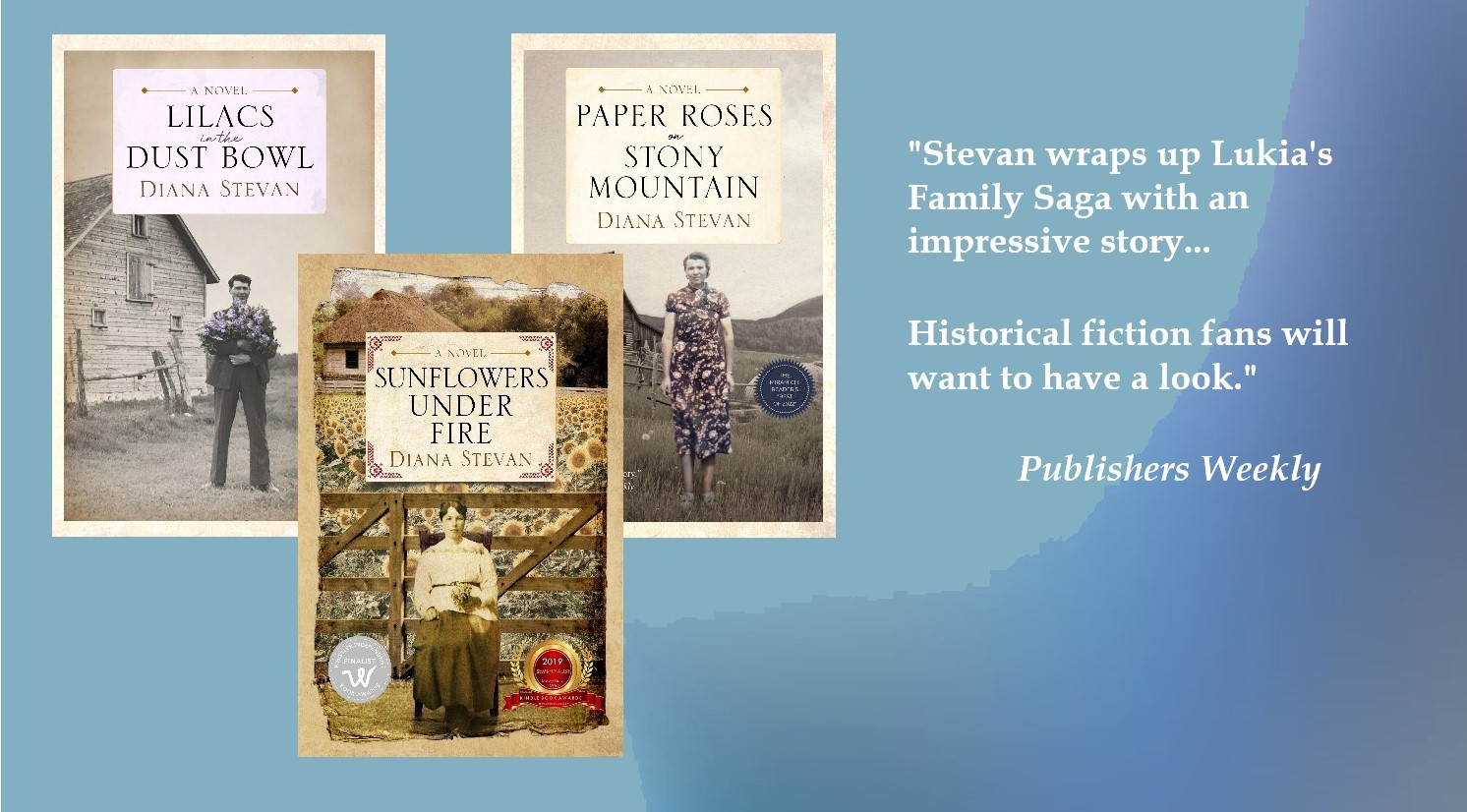The Incredible Power of Don Quixote
On our recent trip to Guanajauto, Mexico, I learned about the incredible power of Don Quixote, a novel by Miguel de Cervantes. It soothed one man so much that he spent much of his adult life collecting images of the fictional character.
Eulalio Ferrer and the Novel
That man was Eulalio Ferrer, a young Republican captain during the Spanish civil war. With his parents missing, he couldn’t take any more of the horrors of war and, in 1936, escaped to a refugee camp in France. There he traded with a guard the only thing he had, a pack of cigarettes, for the book featuring Don Quixote, a mad knight, and his squire, Sancho Panza, a simple farmer.

With nothing else to do, he read the novel. Depressed and on the edge of madness himself, he found solace in the main character and his outlandish actions. Ferrer said later, “Don Quixote’s insanity became an anchor for my own sanity in times of chaos and turmoil, and I read the book over and over again. I read it hundreds of times.”
The Avid Reader Becomes a Collector
Then with the second World War raging in Europe, Ferrer escaped again. This time to Mexico, where he obtained work as a reporter and eventually built a successful public relations and media company. Though he became wealthy, he never forgot the comfort Cervantes’ masterpiece gave him during his years in the refugee camp. Feeling a debt to the both comically and tragically insane knight, Ferrer began to collect works celebrating the character. He collected paintings, ceramics, sculptures, books, anything depicting Don Quixote.

Ferrer also established scholarships and gave generously to universities to promote literature. He believed that “the most precious gift for a poor man is a library, and the most powerful magic is books.”
Over time, Ferrer could no longer house his collection adequately. Wanting to share his passion for the protagonist, he donated his works to the city of Guanajauto. Today they are housed in the Iconographic Museum of Don Quixote not far from the main square. There are also monuments to Cervantes’ curious protagonist all over the city.

My Adventure with Don Quixote

Since the book was first published in the seventeenth century, there have been many translations. About five years ago, a new translation by Edith Grossman came out and I immediately bought it. I started reading the novel, but after a few chapters I put it down. I couldn’t get into it.
After our trip to Guanajauto, I started again. This time, I was swept away by the wacky antics of this wannabe knight and his sidekick. The prose is magnificent. Why I had initially put the book aside is anyone’s guess. I suppose I wasn’t in the mood for a hefty classic.
A Thrill of my Own
On another note, my latest novel, Sunflowers Under Fire, has been nominated for the Whistler Independent Book Awards. Finalists will be announced in July and the winner in October. For now though, I’m thrilled with this notice by a contest presented by the Writers Union of Canada.
Comments
Thoughts of any kind are appreciated.






Congratulations on the nomination, Diana! Very exciting, and well deserved. (Love the painting by Octavio Campo – thought it might have been by Salvador Dali)
Thank you Jo-Anne. Yes, quite the startling painting. So many ways to look at it.
Don Quixto is not for everyone or maybe you just have to be in the mood for it. I read it ages ago. He really did have a fan in Ferrer. The Campo painting is captivating.
Congratulations on the nomination!
Jo, I know what you mean but I’m determined to give it a go. I want to see what Ferrer saw.
Congratulations on your nomination. TFS
Thanks Clearissa.